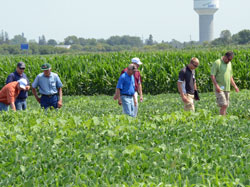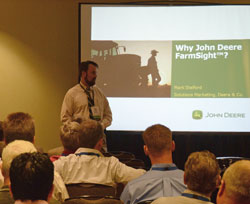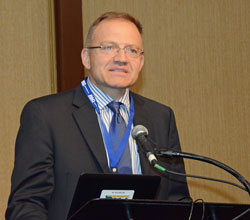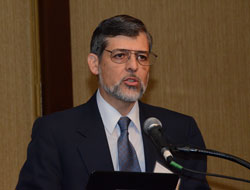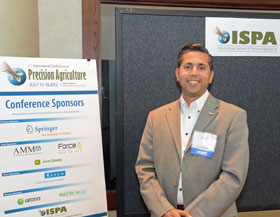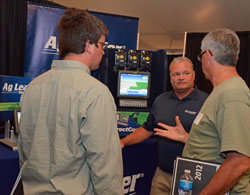 It takes good seed to make a good crop, but you also have to have that seed in good ground. In the case of precision agriculture, farmers are getting that down to the millimeter, especially when it comes to corn. Recently, Chuck had the chance to talk to one of our friends from Ag Leader, Rick Hofer, who was at the Wyffels Hybrids Corn Strategies event in Vincent, Iowa, where he was talking about how to marry up a high quality seed, such as Wyffels, with his company’s precision equipment.
It takes good seed to make a good crop, but you also have to have that seed in good ground. In the case of precision agriculture, farmers are getting that down to the millimeter, especially when it comes to corn. Recently, Chuck had the chance to talk to one of our friends from Ag Leader, Rick Hofer, who was at the Wyffels Hybrids Corn Strategies event in Vincent, Iowa, where he was talking about how to marry up a high quality seed, such as Wyffels, with his company’s precision equipment.
“With our SeedCommand products, we have automatic shutoffs for row units, which [helps you] save 5-10 percent on your seed costs… which affects your bottom line,” he said. Hofer also gave us a nice rundown on some of the new and even soon-to-be-released equipment from Ag Leader, which they were able to show off as part of the Wyffels Hybrids Corn Strategies event.
Hear more of what Rick had to say to Chuck here: [wpaudio url=”http://zimmcomm.biz/wyffels/agleader.mp3″ text=”Interview with Rick Hofer, Ag Leader Technology”]



